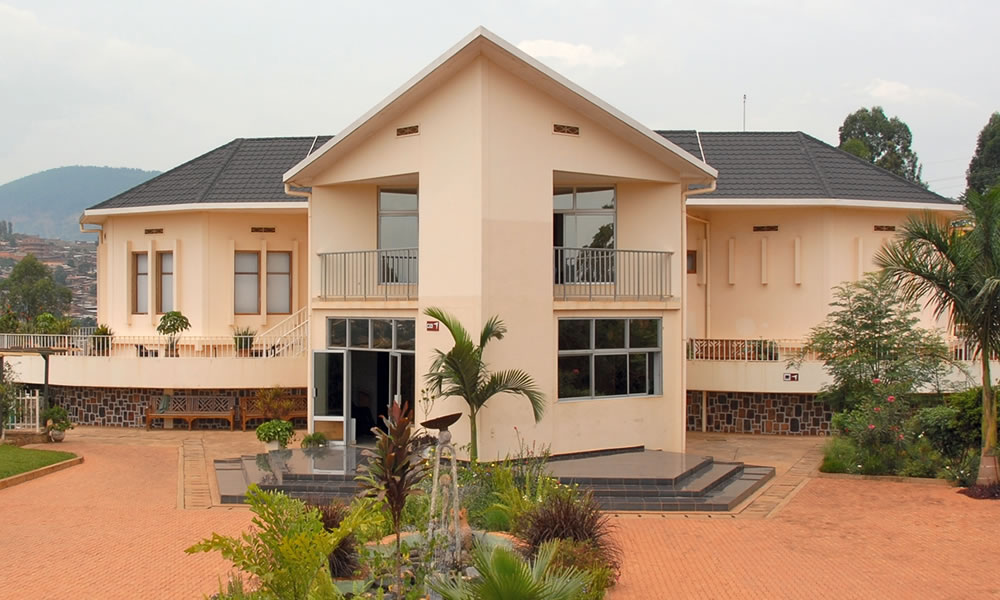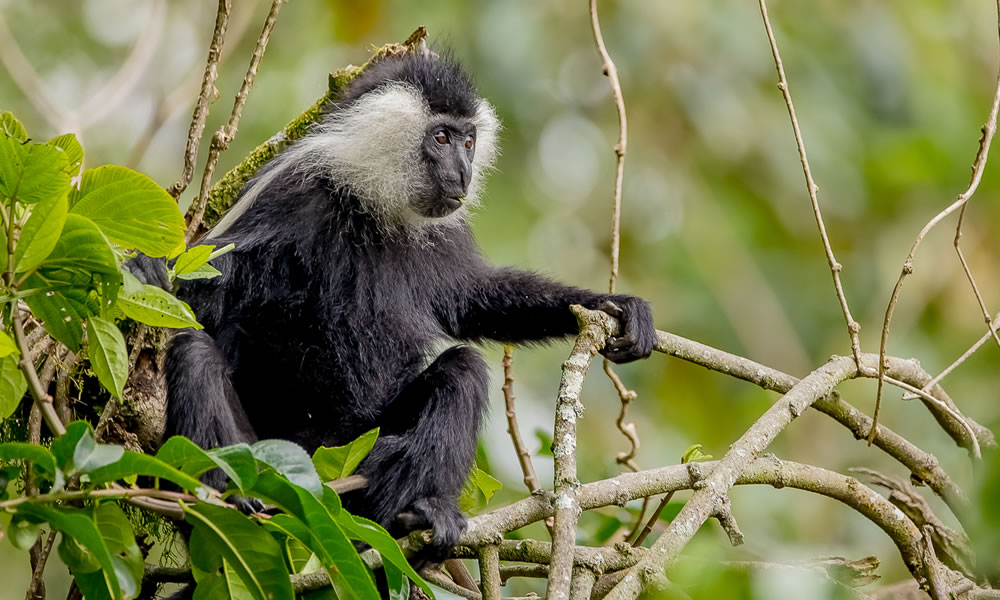One of the most challenging aspects of visiting Akagera Safari is making reservations for the…

Visiting the Kigali Genocide Memorial Grounds
One of Rwanda’s eight principal memorial sites, the Kigali Genocide Memorial Grounds was established in 1994 as a site of remembering for the Tutsi victims of the Rwandan Genocide. Over 250,000 victims of the Tutsi genocide have found a home and ultimate resting place at the memorial, which is situated in Gisozi, a few kilometres from Kigali’s administrative and city centre.
The Kigali Genocide Memorial Grounds is renowned as the largest memorial site in the nation. It is made up of multiple halls, including three permanent exhibition halls that chronicle the genocide against the Tutsi and feature thousands of photos of the victims hanging on the walls; additionally, there is a children’s exhibition room and another room that features information about the genocide from around the globe.
Another noteworthy location is the burial area, which features three rows of mass graves honouring everyone who was slain and interred at the cemetery. As of right now, further victims’ bodies are carried to the memorial grounds to be interred in a respectable manner. Additionally, there is a sizable and immaculate amphitheatre that serves as a venue for memorial ceremonies, educational seminars, and experiences where guests can sit in and hear accounts from survivors of the Tutsi Genocide, as well as recordings of how the Rwandan people embraced peace and reconciliation to ensure that it never happened again, living in harmony and moving forward with the development of their nation.
When visiting the Kigali Genocide Memorial grounds, you can also check out the library, which houses all of the Genocide archives, the café, the gift shop and the lovely, peaceful gardens. These features offer a peaceful atmosphere for visitors to consider the Genocide against the Tutsi and pay tribute to the lives lost in order to stop such atrocities.
One of the main attractions for the majority of travelers to the nation is a visit to the Kigali Genocide Memorial Grounds, which provides a deeper understanding of the nation’s terrible past and enables learning about how Rwanda overcame this horror to reach its current state.
The majority of visitors typically visit the Kigali Genocide Memorial grounds as part of a Kigali city tour, which offers more exciting and interesting moments around the clean, vibrant city. You can also tour other famous landmarks like the Campaign against Genocide Museum and Camp Kigali Museum if you’re interested in learning more about the history of the 1994 Rwanda Genocide. Some other memorial centres across the nation that you can visit include Nyamata and Ntarama Genocide Museums.
In addition to exploring Rwanda’s fascinating history, you can take advantage of the country’s many tourist attractions, like trekking with mountain gorillas in the Volcanoes National Park, wildlife safaris in Akagera National Park, a trip to the distant Nyungwe National Park for more primate experiences, hiking with chimpanzees, canopy walks, and Colobus monkeys, and relaxing on the stunning Lake Kivu for carefree beach days.



